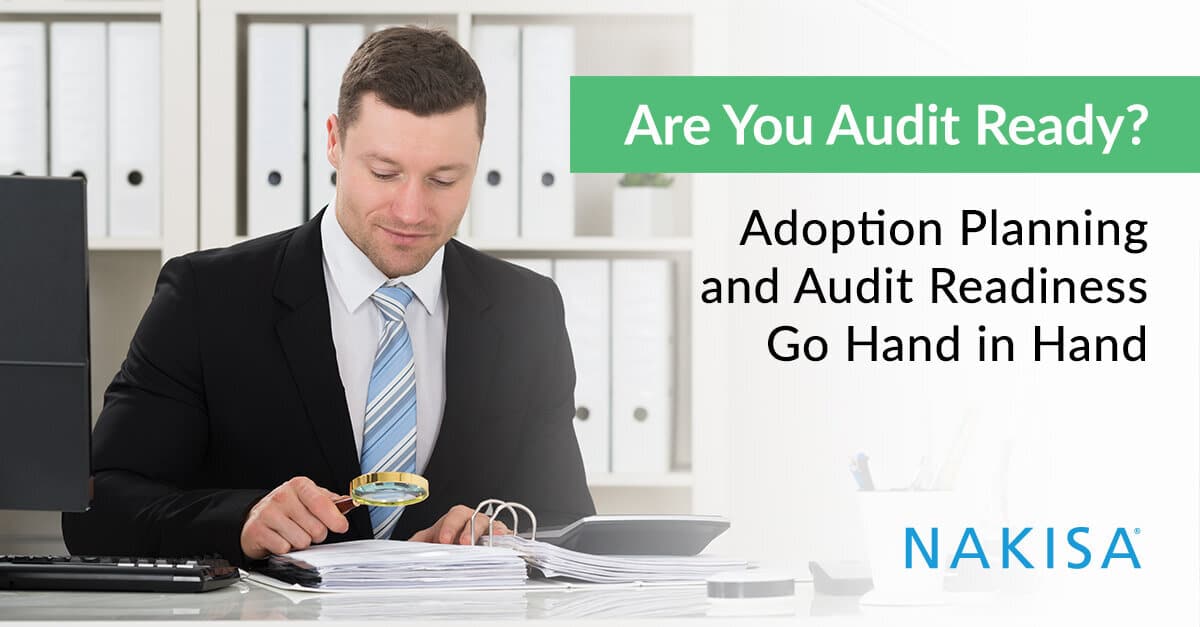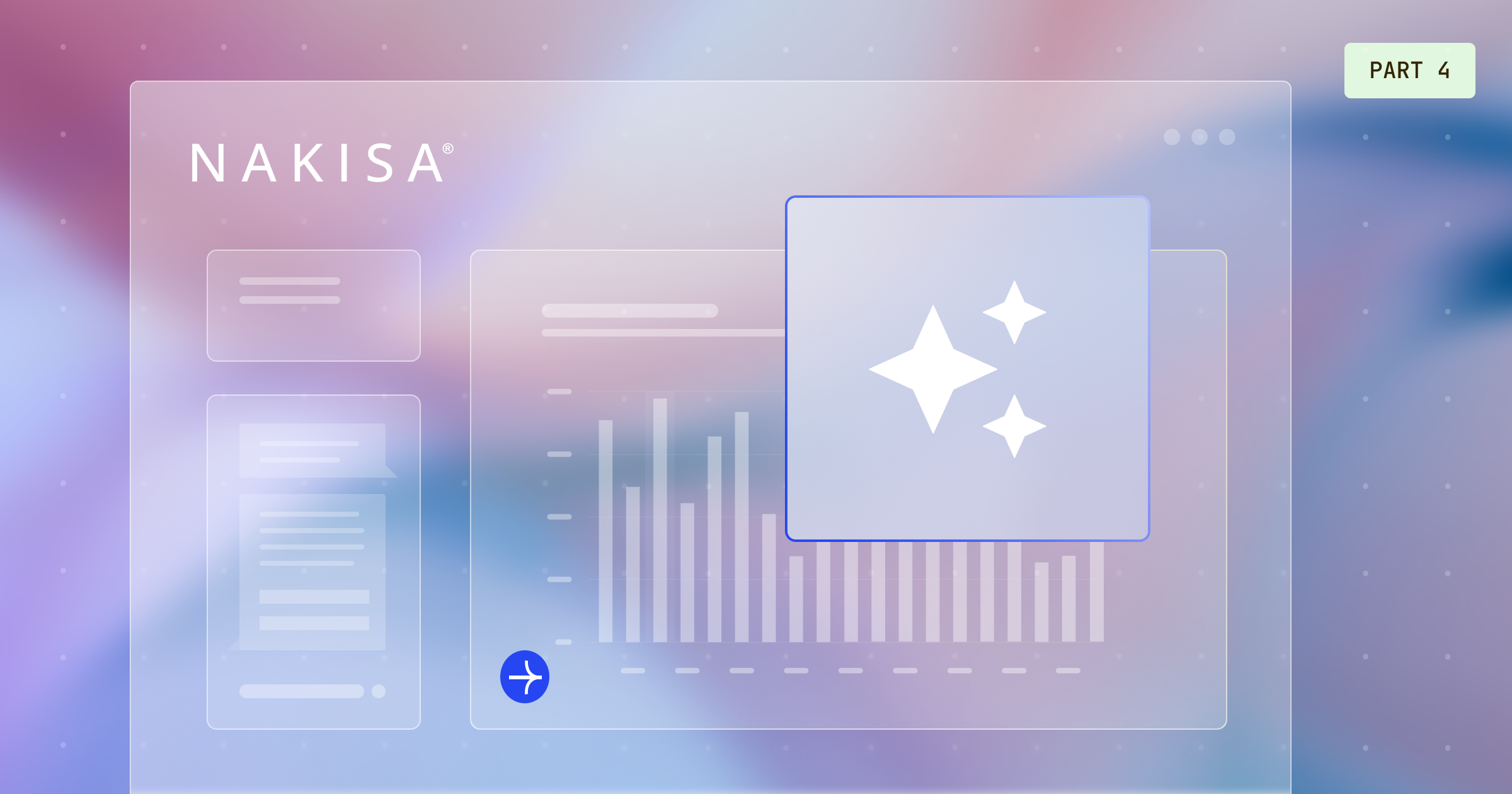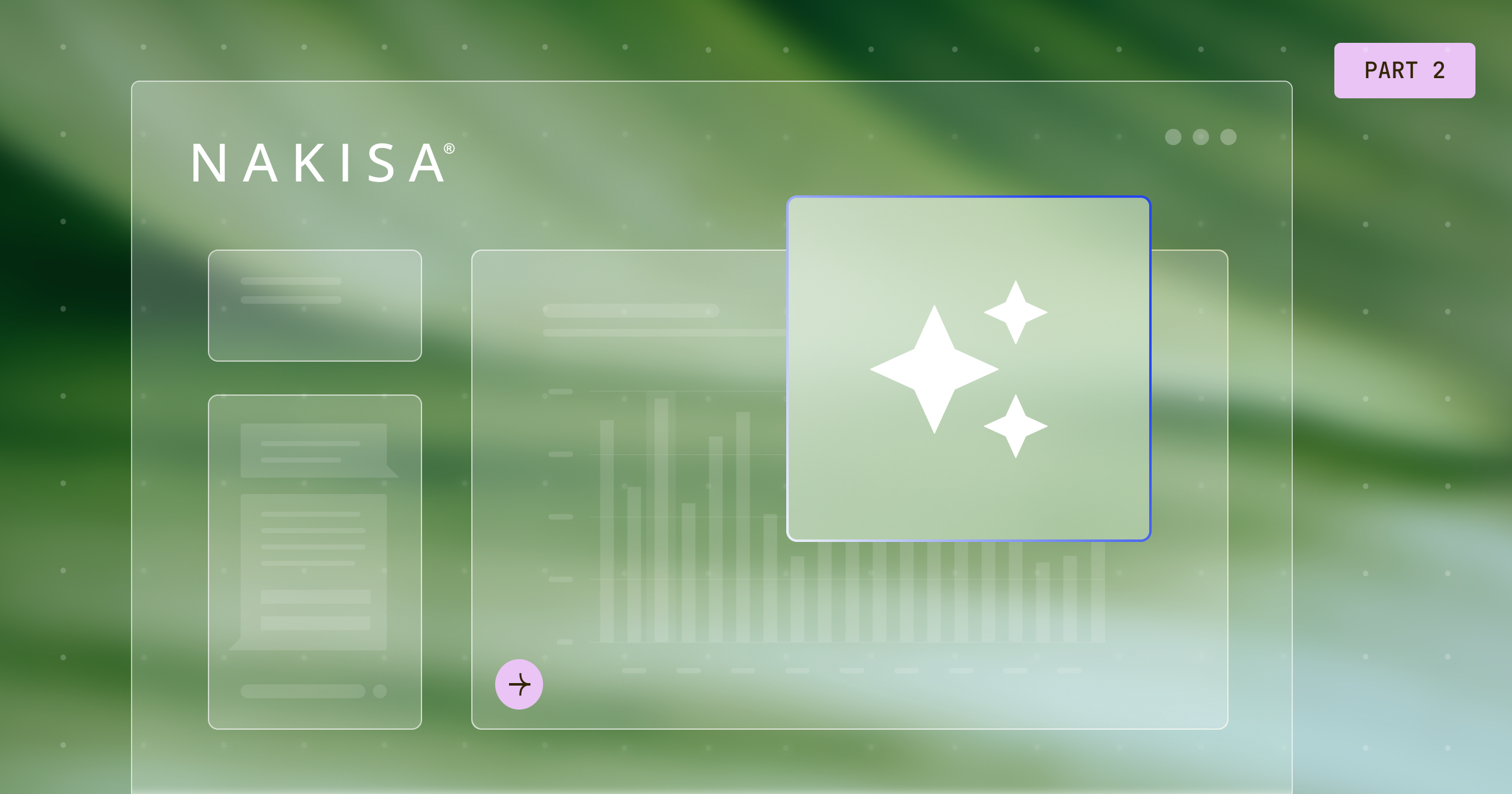Only a few weeks remain before public companies face the next quarterly requirement to disclose their progress in adopting new lease accounting rules, IFRS 16 and/or ASC 842. With that clock ticking, now is an opportune time to assess not only the status of your adoption project, but also your readiness for convincing auditors of the adequacy of your judgments, conclusions, controls, and disclosures.
Avoid Surprises by Integrating Audit Requirements into Adoption Planning
As with any major project where critical path items are the initial focus, companies are spending tremendous efforts to identify all of their leases and apply the new accounting rules. However, with so much attention on getting the accounting right, teams risk ignoring elements important to the auditors who must certify that the financial statements reflect the updated standards. These elements include documenting key judgments and accounting conclusions, implementing controls to prevent or detect errors, and establishing processes for complying with disclosure requirements.
To avoid surprises, management should integrate their plan for meeting audit requirements into their roadmap for adopting the new accounting rules. To test audit readiness and integrate audit planning into the adoption process, it's instructive to think of two questions for each project objective: How do we know, and how can we show?
The first question, “How do we know,” teases out potential process holes and internal control weaknesses. For example, how do we know we have identified all of the leases? How do we know the abstracts are accurate? How do we know we’ve captured all of the required disclosures?
The second question, “How can we show,” gets to the central test of audit readiness. For example, where management review is a key control, asking “How do we show evidence of management review?” will prompt the implementation team to identify where there might not be sufficient documentation to support management’s financial statement assertions.
Well-Designed Technology Can Streamline Lease Accounting and Auditing Processes
With their requirements to record assets and liabilities related to operating leases and certain arrangements previously accounted for as service contracts, IFRS 16 and ASC 842 have placed a spotlight on the need to apply technology to the management of these agreements.
There are at least five ways that the right lease accounting application can be helpful in answering the questions of how do we know, and how do we show.
1- Because an effective tool guides user behaviors, documenting the process becomes simpler, with less room for deviation along the way.
2- A comprehensive application will ask the right questions at the data-entry stage so there is a consistent process for documenting the facts relevant to determining the accounting treatment in each instance.
3- The programming of the application ensures a consistent application of the accounting guidance.
4- The best lease administration packages log user activity and provide evidence of management review controls.
5- A quality lease administration tool has both standard and customizable reporting capabilities that support the preparation of required disclosures.
Not all lease management systems are created equal, so management diligence is vital. But when the company selects the application that meets its needs, technology can streamline the adoption and ongoing lease accounting and auditing processes.
Asking the Right Questions is Key to Identifying and Closing Preparation Gaps
As companies plan to report their progress in adopting the new lease rules, many teams may find they are not as far along as they had planned. By asking how do we know and how can we show questions, teams may identify gaps in their audit readiness. These management teams will need to triage their projects to address their unique circumstances, from bulking up resources for projects running behind to supplementing documentation and controls for those not on pace for audit readiness.
Regardless of their status, management teams should know that auditor scrutiny of the adequacy of these process disclosures is likely to increase. While it may have been suitable for a company to disclose in an annual report that it is still evaluating the impact of adopting the new lease rules, continuing to use that response as the implementation deadline approaches will be met with increased resistance from auditors, and raise questions from stakeholders about readiness and controls over financial reporting. With months to go before the official go-live date for the new rules, management teams should expect to and plan for questions about their audit readiness.





